The moment I walked into the Royal Tombs of Vergina, a rush hit me that I still can’t quite put into words. Cool air wrapped itself around me, and the hush beneath the earth made every step sound louder, like I was tiptoeing through the past. These ancient tombs are where Macedonian kings, including possibly Philip II, Alexander the Great’s father, got buried in jaw-dropping style.
Traveling here didn’t just give me goosebumps—it opened my eyes to the deep legacy of the Macedonian kingdom and really left its mark. Gold artifacts, painted walls, and mysterious chambers popped up around every corner, each one whispering stories of power, family, and ancient rituals.
If you want a trip that actually makes you feel something and brings the ancient world right up close, you’ve got to put Vergina’s royal tombs at the top of your list.
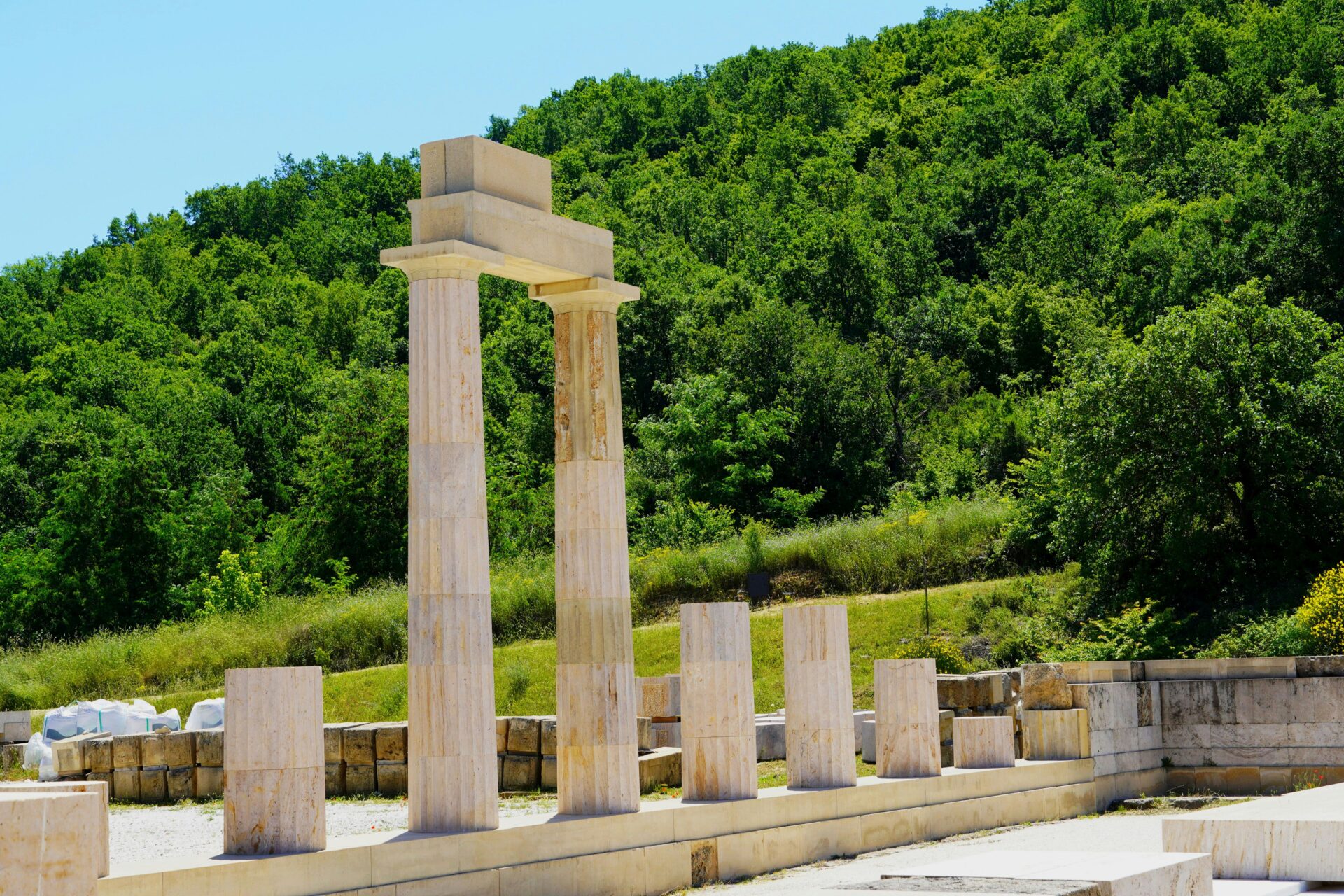
The Royal Tombs of Vergina: Unearthing Macedonia’s Astonishing Heritage
My visit to Vergina made ancient Macedonia feel real—with awe-inspiring discoveries, royal secrets, and artifacts that honestly surprised me. From the dramatic moment of the tombs’ discovery to the treasures inside, every step felt like wandering through a history that refuses to be forgotten.
Discovery and Excavation: How Vergina Changed History
Vergina, once called Aigai, finally gave up its secrets in the late 1970s. Manolis Andronikos and his team led the excavation, and they uncovered tombs that basically rewrote Macedonian history. Before they dug here, local legends and some ruins hinted at something big, but most people doubted what could be hiding underneath.
The discovery almost happened by accident—a collapsed tumulus near the site sent researchers straight to the royal tombs. It honestly felt like something out of an old spy movie, with rumors and intrigue everywhere. Museum staff, archaeologists, and locals watched as treasures came out of the ground, and the world of museology just stood stunned.
Now, historians call Vergina one of Greece’s most important archaeological finds. The Museum of the Royal Tombs of Aigai sits right over the tombs, showing off these discoveries in a space that feels more like an art museum than anything else.
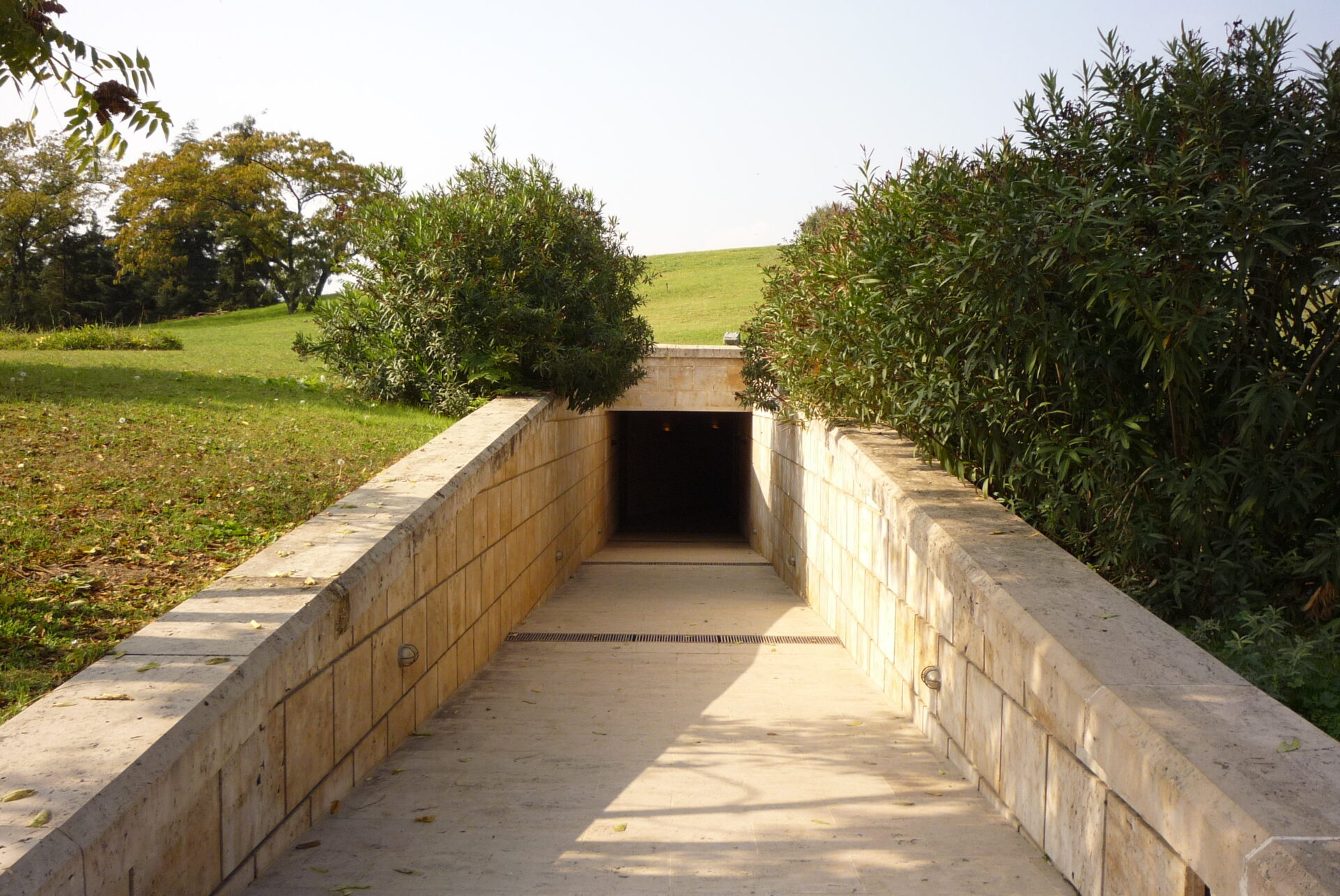
Who Lies Beneath: Kings and Queens of Ancient Macedon
As I walked through the tomb chambers, I could almost sense the presence of Macedonia’s ancient rulers. Most scholars say Tomb II probably belonged to King Philip II, Alexander the Great’s dad. Royal women, maybe Queen Eurydice and other queens, likely rest nearby in beautifully decorated tombs.
These rulers shaped Europe’s fate, founding dynasties and fighting wars. Their burial site was anything but ordinary. Intricate paintings, gold larnakes, and ceremonial armor sat untouched for centuries. I couldn’t help but wonder about the personal stories—tragedies, victories, even mishaps—that these rulers must have experienced.
The site holds clues to ancient funerary practices and beliefs. With all this history packed into one mound, I felt just how tightly power, art, and identity were woven together in every artifact.

Revealing Mysteries: Artefacts and Unbelievable Finds
The artefacts blew me away just as much as the tombs themselves. Inside, I spotted a solid gold funeral wreath, royal diadems, and weapons covered in detailed designs. These items aren’t just museum pieces—they’re the story of a dynasty, its wealth, and its creativity.
A few of the most jaw-dropping finds:
- Golden larnax with the royal star
- Ivory reliefs and painted plaques
- Elegant ceremonial armor from a king
- Jewelry and luxury burial items
Museum staff arranged the displays thoughtfully. The way they turned the tomb setting into an art museum made it easy to picture life—and death—back in Macedonian times. I noticed how much care goes into both preserving the artifacts and feeding the ongoing mysteries. Some experts even think more tombs might be hiding under Vergina, waiting for someone to find them.
Every treasure is preserved with care, but I keep wondering: What else might these tombs be hiding? What new stories could a future discovery bring to light?

Walking Through Time: My Personal Journey in the Macedonian Tombs
Exploring the royal tombs at Vergina felt like stepping straight into the ancient world. The sounds, the cool air, and the sight of burial treasures made the whole thing stick in my mind.
The First Glimpse: Stepping Inside the Burial Mound
Right past the entrance, shadows played along the curved stone walls. The path was dim, and my steps echoed through the mound. Cool air brushed my cheeks, and the smell of earth was strong.
Adults wandered quietly, some with guides leading small groups. The space felt tight but safe, protected from the sun and the outside world. Every surface, from the stone floors to the painted tomb doors, showed marks of history.
The ancient tombs looked almost untouched, as if the royal family had just left. Gold burial goods glimmered under soft lights, separated from visitors by glass. It was easy to imagine centuries slipping by while these treasures stayed hidden.
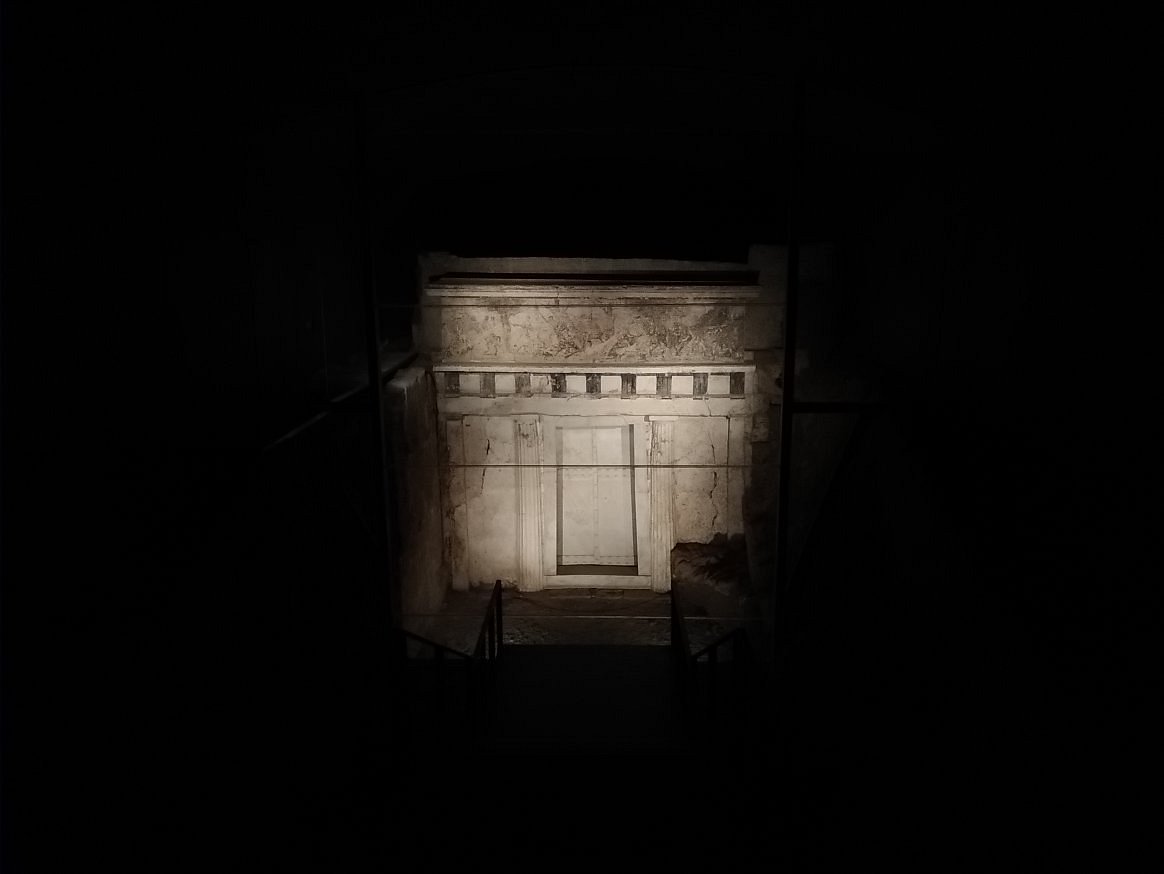
A Chilling Sensation: Moments That Gave Me Goosebumps
Goosebumps popped up on my arms when I first saw the famous Tomb of Philip II. The painted friezes showed battle scenes and royal life in bright colors, making the past feel shockingly close.
It wasn’t just the sights. The silence hung heavy, only broken by the low whispers of other visitors. Every sense felt sharper; the air carried the old, slightly metallic scent of the artifacts.
At one point, I found myself alone in front of a burial chamber. For a moment, it felt like standing on the edge of a dream—or maybe a nightmare—surrounded by echoes of ancient rituals. Still, being able to see these spaces up close gave me a deep respect for the people buried here and those who have kept their secrets safe for so long.

Behind the Scenes: The Science and Stories of Vergina
Every visit to Vergina’s royal tombs is about more than just legend. Archaeology, technology, and preservation efforts open up the Macedonian past, letting us explore each artifact like we’re the first ones there.
The Role of Archaeology: From Trench Warfare to Modern Tools
Vergina made me think about the challenges early archaeologists faced—almost like fighting a slow, careful battle with time. Their methods reminded me of war correspondents, documenting every detail under tough conditions.
In the early days, they dug by hand—no fancy machines, just picks, shovels, and brushes. Each layer they removed felt like piecing together a story lost for ages, right around the time when the world was changing fast.
Now, science speeds things up. Archaeologists at Vergina use advanced tools, some inspired by quantum physics. Ground-penetrating radar and 3D imaging help them find tombs and treasures without hurting anything buried below.
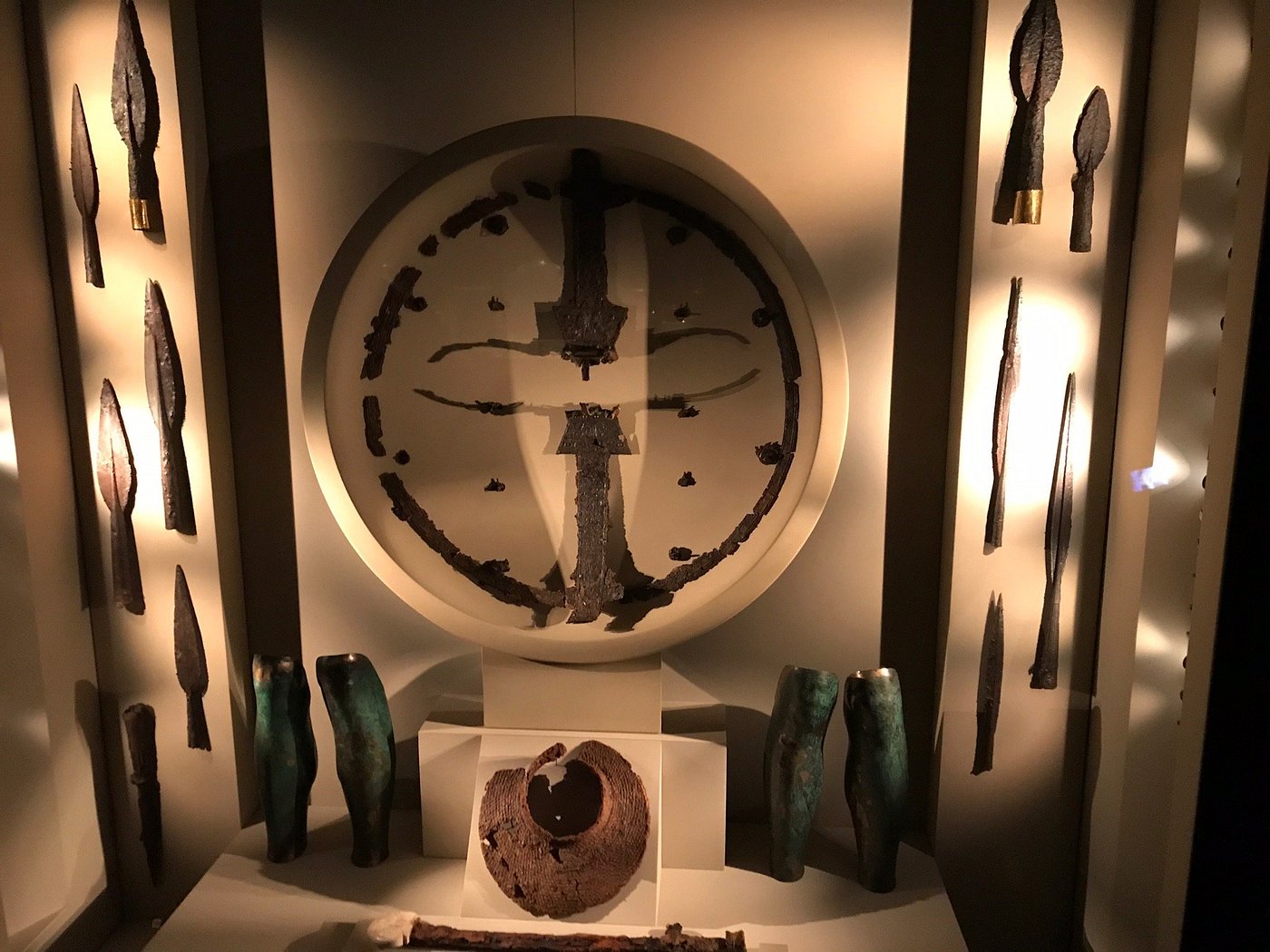
Preservation and Museology: Keeping History Alive
The museum at Vergina isn’t just an art museum—it’s a blend of preservation and storytelling. I was honestly impressed by how they adjust the lighting and climate. These systems keep fragile items safe from humidity and temperature swings.
Museology here is serious business. Experts use custom display cases and high-tech gadgets to make sure the ancient burial goods and painted walls last. Interactive displays tell the stories behind each artifact, helping visitors connect with their importance.
Some displays look almost exactly as they did when found, so guests like me can picture the grandeur of Macedonian royal life. Every choice, from lighting to security, balances protection with letting people actually see the past. It makes history feel alive for everyone who visits.
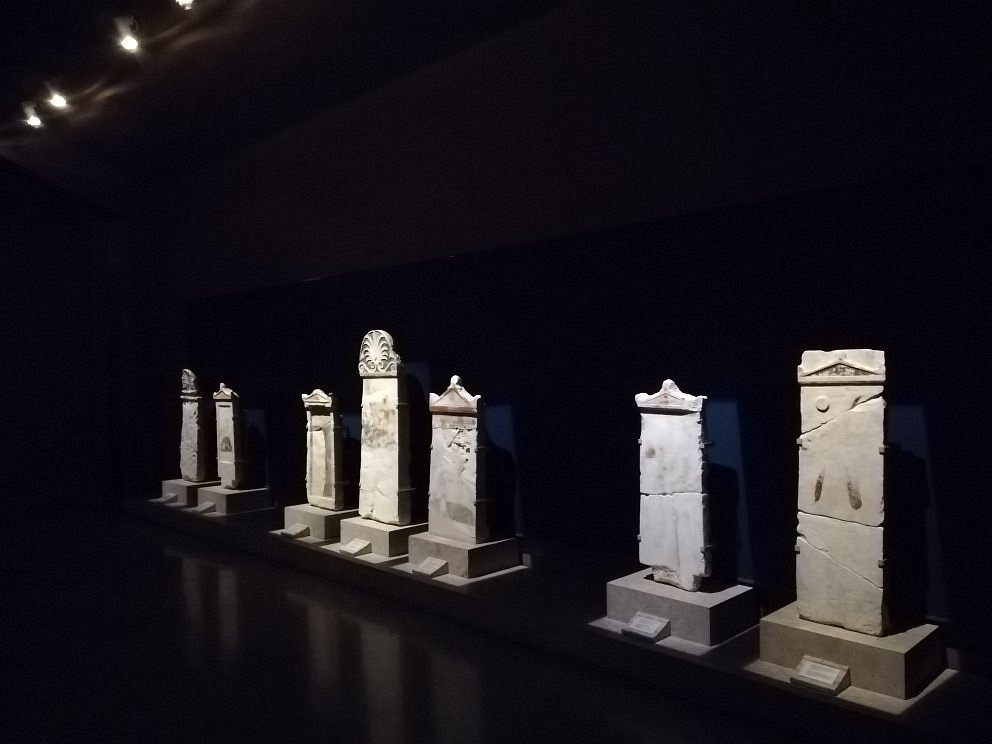
Travel Essentials: Tips For Visiting the Vergina Tombs
Getting to the Vergina Tombs takes a little planning, but trust me, it’s worth the effort for the incredible history and atmosphere. From transport tips to responsible tourism, I picked up a few things that made my visit better.
Practical Information and Access
I found that public transport from Thessaloniki worked best for getting to Vergina. Hourly buses run from Salonika to Veroia, taking about 1.5 hours. A return ticket costs around €9. From Veroia, regular buses head straight to Vergina, so I didn’t need a rental car. It’s smart to double-check local tickets at Veroia to avoid missing your ride back.
The tombs are an easy walk from the Vergina bus stop, but you’ll want comfy shoes. Opening hours shift with the seasons, so I always check the official website before heading out. For breakfast, small bakeries near the entrance serve pastries and solid coffee; I grabbed mine with a view of the hills.
I recommend booking tickets online if you can, especially during busy times. Photography inside the tombs isn’t allowed—so I just focused on soaking up the details instead of snapping endless photos. Maps and guides are available, and I found them helpful for figuring out the site’s layout.
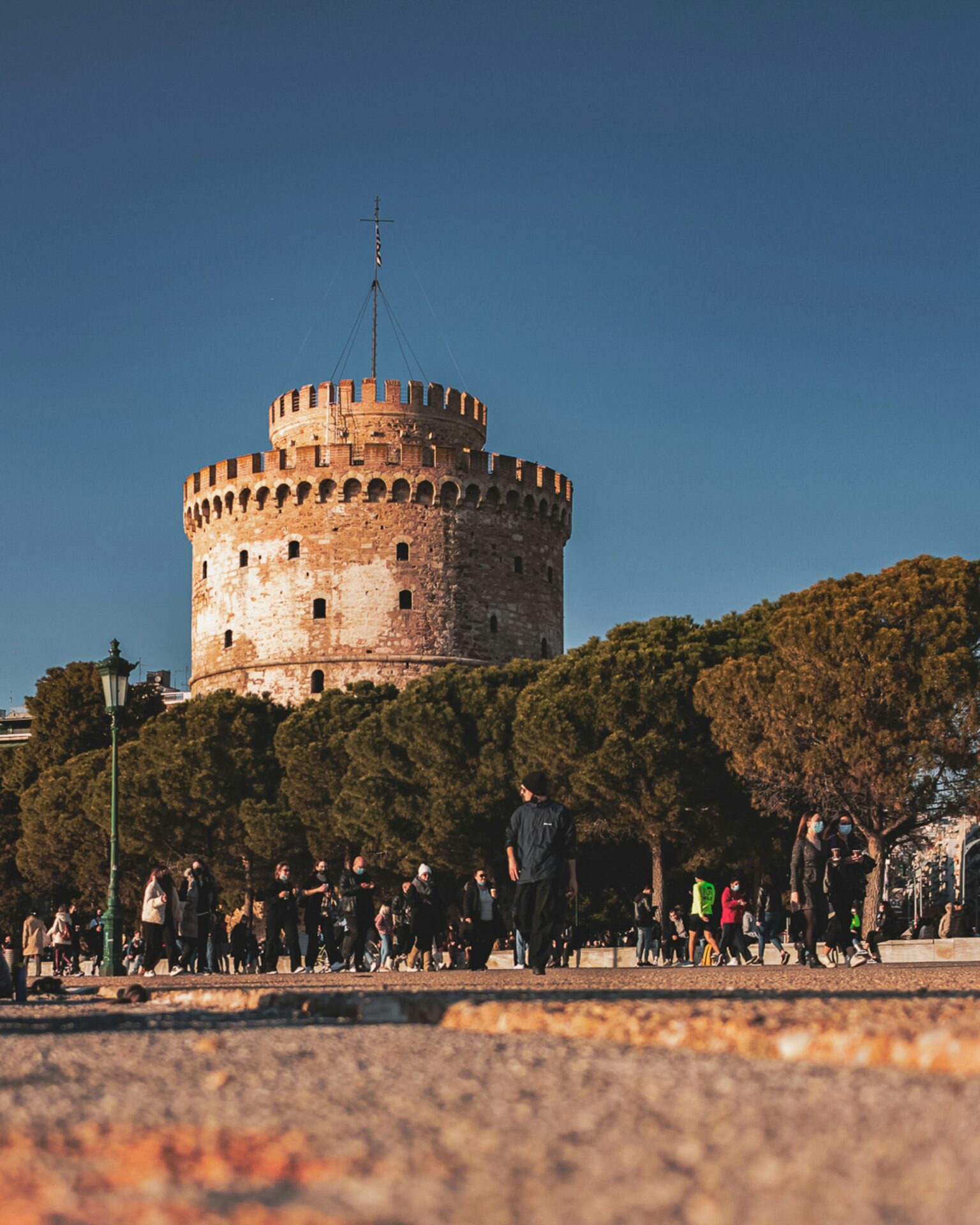
Nearby Attractions and Accommodation
Vergina sits close to the ancient palace of Aigai and a big Macedonian cemetery. Walking between these sites helped me picture how the royals lived. If you’ve got time, check out the Museum of the Royal Tombs and the Aigai palace ruins along with the main tombs.
I stayed overnight in Veroia, which gave me extra time to explore. There are hotels and guesthouses with comfy rooms and hearty breakfasts. My girlfriend loved the local tavernas, and the market made for a nice morning stroll. In summer, I met visitors from Afghanistan, Greece, and Australia—making friends felt easy.
Here’s a quick table of recommendations:
| Accommodation Type | Distance to Tombs | Breakfast Included |
|---|---|---|
| Guesthouse | 5 min walk | Usually Yes |
| Budget Hotel | 20 min by bus | Sometimes |
| Taverna Rooms | Varies | Often No |

Responsible Tourism and Local Advocacy
When I visit places like Vergina, I try to remember I’m a guest in someone else’s heritage. I don’t touch artwork, and I handle the tombs with care—these aren’t just ways for locals to make a living; they’re treasures that belong to all of us.
Guides often ask visitors not to leave trash behind, especially near the royal graves. I’ve noticed staff step in if people ignore the rules, gently reminding us to help preserve history for the future.
I like buying local souvenirs—it supports the community and helps keep preservation efforts going. If I see someone accused of theft or bad behavior, I let staff know calmly instead of getting involved myself.
Respecting local customs matters, even if it’s something small, like not snapping photos of sensitive artifacts. Whether I’m at Documenta art events or wandering ancient Greek tombs, showing a little extra care feels right.

